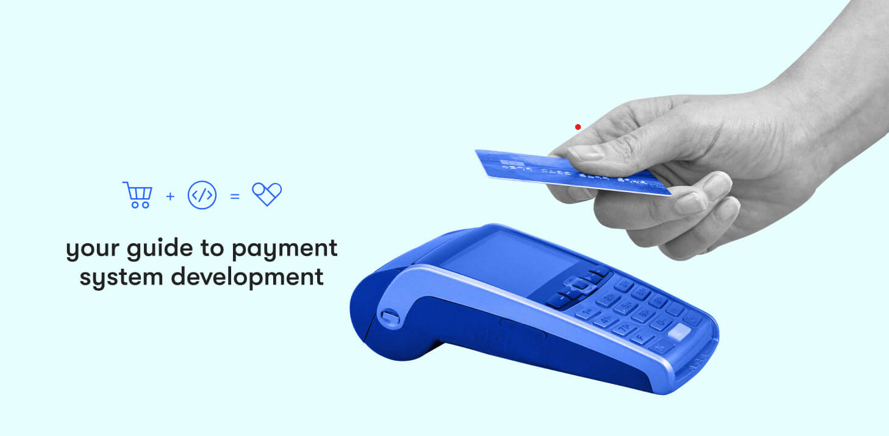Making A Payment Gateway System In 2023

Today, there’s one main purpose to learn payment gateway creation. As in-person transactions shift to virtual contactless payments, many firms are seeking new ways to participate.
The Federal Reserve found that cash and check transactions have been declining since 2019, coinciding with the epidemic in 2020. Also, the experts predicted $15 trillion in digital payments by 2027 due to contactless purchases.
Business owners and software developers may profit from the transition by creating a gateway solution. So read on to discover how to develop a system of payment gateway right from the scratch that can compete with top suppliers in 2023.
Custom Payment Systems—Who Needs Them?
Each retail and e-commerce organization will need fintech app development. Regardless of specialty or sector, many firms may benefit from creating their own payment gateway for unique payment solutions.
Companies that should establish a specialized payment system include:
- Large organizations want to complete all business operations, including avoiding redirection and controlling payment processing.
- Mid-sized and small e-commerce and retail organizations want to update their internal payment systems, procedures of mobile applications, and website checkout pages for online transactions.
- IT firms offering Visa, Mastercard, and other card transaction support through branded systems or white-label solutions.
- Financial institutions including banks and credit unions.
Want a custom payment gateway? Hire the payment gateway software development company now.
Create Your Own Payment Gateway
Payment gateway development involves strategy and execution like any other software development process. However, here are the essential steps to creating a payment gateway.
Ideation
Your payment system proposal is only the beginning; you’ll need to discuss it with professionals to see if it’s realistic or needs improvements.
Design
Your ideas are now more cohesive, so give the project to that of the designers. A group of professionals in the UI/UX and graphics designers can develop your product’s brand interface. At the same time, they can develop a functional prototype for concept’ proof. A viable design of products that the developers can construct will result from multiple iterations.
Development
The fundamental architecture of your system of payment will begin to form during this time. Here, the team of developers will code the product using prototype elements of material design. Also, the developers can incorporate industry-standard APIs (third party) depending on technological needs.
Assurance Of Quality
Unrushed bugs and inadequate error management can kill your system of payment launches and cost you a lot of money. Hence, to prevent these extra costs, let your QA professionals thoroughly test the program to ensure perfection. They should write a thorough report for adjustments after testing.
Optimization
If severe faults exist, rework early development phases to close all gaps. The DevOps teams can fix small flaws to perfect the payment gateway. Compliance criteria should be considered while you optimize the final version.
Products Launch
You may find enough time to leave the beta for user input, depending on your timeframe. After making the adjustments, deploy it as a standard software application or offer it to different institutions of finance as white-label software.
Support And Upkeep
After the product’s release, you must assist payment system users. Create live support agents to answer queries and address issues. Common inquiries can be answered by chatbots. Your developers also need continuous updation of the platform to minimize downtime.
Need top payment gateway developers who could also build a payment facilitator?
Use https://akurateco.com/payfac-as-a-service talent to build your own payment facilitator.
Conclusion
Creating a feature-rich payment system can boost your fintech company’s image. Use brainstorming and research to choose a gateway, then follow these steps to refine your product plan. Create your own gateway with testing and compliance in mind. And most importantly, make the system scalable and secure enough to manage huge transaction volumes.
Additionals:










